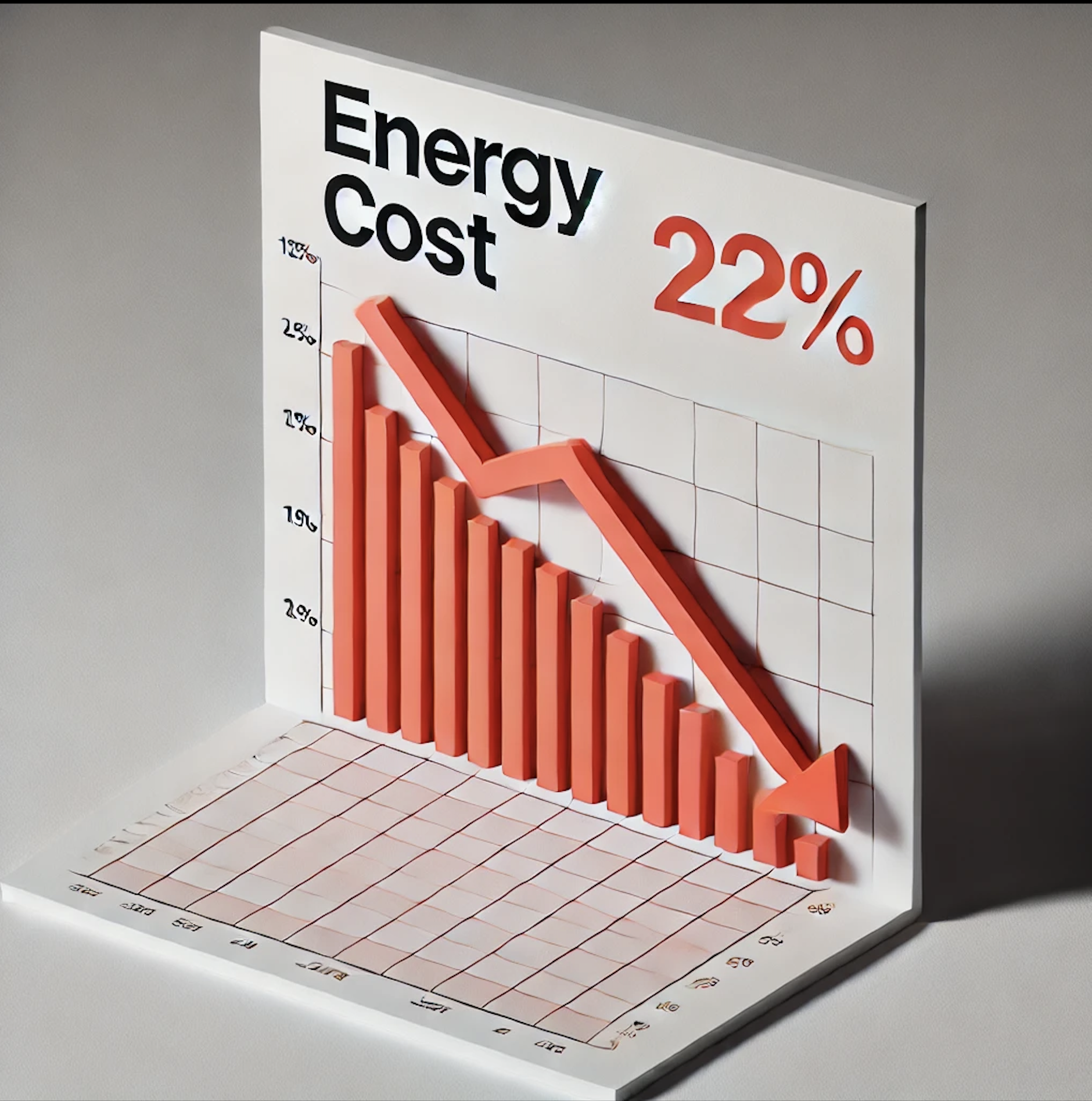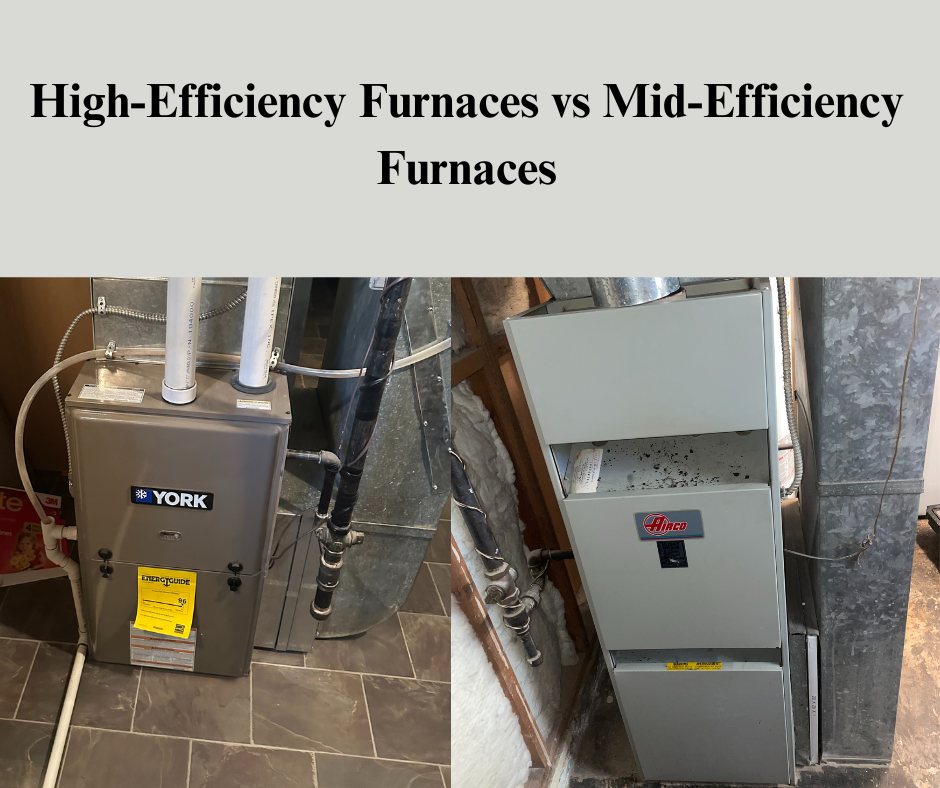When it comes to heating your home efficiently and cost-effectively, choosing furnace is crucial. At Vese Heating & Cooling, we understand the importance of making informed decisions to ensure your home stays warm and your energy bills stay low. In this guide, we’ll break down the key differences between high-efficiency and mid-efficiency furnace. As you consider a replacement, it’s crucial to understand that mid efficiency furnaces are no longer an option for Canadian homeowners. Since January 1, 2010, all newly installed gas fired furnaces in Canada must have an Annual Fuel Utilization Efficiency (AFUE) of 90% or higher. This shift to high efficiency furnaces has a significant impact on your home’s comfort, energy costs, and environmental footprint.
The Importance of Furnace Efficiency
Furnace efficiency, represented by the AFUE rating, measures how effectively your furnace converts fuel into heat. The higher the AFUE, the more of the fuel’s energy is turned into heat for your home, with less energy wasted.
HighEfficiency Furnaces: Modern high efficiency furnaces, also known as condensing furnaces, boast an AFUE of 90% to 98.5%. They achieve this superior efficiency through a secondary heat exchanger that recaptures heat from the exhaust gases that would otherwise be lost in less efficient systems. This innovation allows these furnaces to deliver more warmth while using less fuel.
Why High-Efficiency Furnaces Are Only Option
The Canadian government’s mandate for high efficiency furnaces is designed to conserve energy and reduce greenhouse gas emissions. These furnaces not only save you money by using less fuel but also contribute to a healthier environment by lowering your carbon footprint. The move to high efficiency systems is expected to save approximately 650 million cubic meters of natural gas annually—a substantial benefit for both homeowners and the planet.

The Investment: Upfront Costs vs. LongTerm Savings
While high-efficiency furnaces may come with a higher upfront cost, but the long term savings are significant. These furnaces reduce your annual energy bills and, over their 15 to 25 year lifespan, can save you thousands of dollars.
Thanks to rebate programs like the federal ecoENERGY Retrofit for Houses, the initial cost difference is often offset, making high efficiency furnaces more affordable. Natural Resources Canada estimates that upgrading to a high efficiency furnace can save households between $40 and $260 annually on gas bills, depending on your home’s size and heating needs.
Maintenance and Longevity
High Efficiency furnaces do require more regular maintenance due to their complex design. Components like the secondary heat exchanger and condensation drains need careful monitoring to prevent issues like clogs or shutdowns. However, regular maintenance ensures your system operates efficiently, maximizing your energy savings and prolonging the life of your furnace.
The Bottom Line: High-Efficiency Furnaces Are Here to Stay
With mid-efficiency furnaces no longer an option, the choice is clear: high-efficiency furnaces are the way forward. They offer unmatched energy savings, environmental benefits, and long term cost efficiency. While the initial investment may be higher, the benefits far outweigh the costs, making high efficiency furnaces a smart, sustainable choice for any homeowner.
At Vese Heating & Cooling, we’re dedicated to helping you navigate this transition. Our team is here to ensure that your home remains warm, energy efficient, and compliant with the latest regulations. Let us guide you through selecting and installing a high efficiency furnace that meets your needs and budget, so you can enjoy a comfortable home for years to come.

